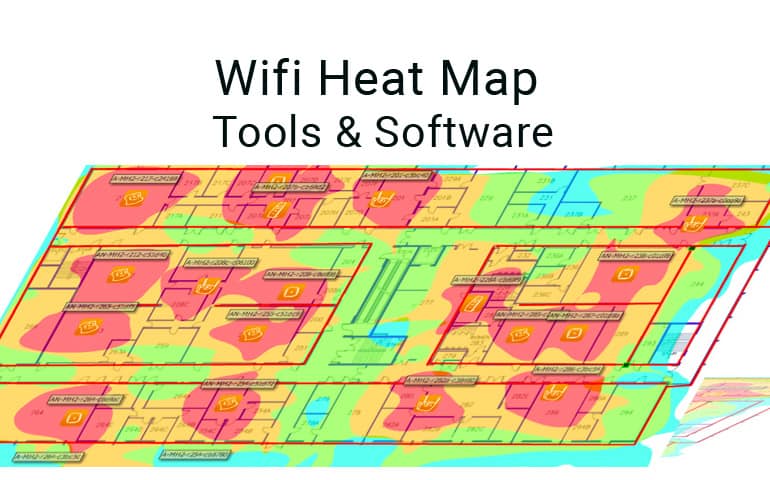Introduction
As a bustling city known for its vibrant events and gatherings, Toronto understands the importance of providing seamless connectivity for attendees. WiFi heatmaps have emerged as a valuable tool in event planning, helping organizers ensure reliable and high-speed internet access throughout the event venue. By analyzing WiFi signal strength and coverage, event planners can identify areas of potential congestion, optimize network performance, and enhance the overall experience for attendees. This article explores the benefits of using WiFi heatmaps for event planning in Toronto and highlights how they contribute to ensuring seamless connectivity.
- Assessing Venue Requirements
WiFi heatmaps allow event planners to assess the specific WiFi requirements of a venue. By conducting a survey or using historical data, organizers can identify the expected number of attendees, their internet usage patterns, and the types of devices they are likely to connect. This information helps determine the optimal number and placement of WiFi access points to ensure adequate coverage and bandwidth for the event.
- Optimizing Network Performance
WiFi heatmaps provide valuable insights into network performance during an event. By analyzing the coverage and signal strength in different areas of the venue, event planners can identify potential dead zones or areas with weak connectivity. This information allows them to adjust the placement of access points or deploy additional network infrastructure to optimize signal distribution and ensure a consistent and reliable internet connection for all attendees.
- Balancing Bandwidth Allocation
Large events in Toronto often attract a significant number of attendees who require internet access simultaneously. WiFi heatmaps enable event planners to balance the allocation of bandwidth across different areas of the venue. By identifying areas with high demand and potential congestion, organizers can allocate more bandwidth to those zones, ensuring a smooth browsing experience and minimizing network slowdowns or connectivity issues.
- Predicting Crowd Flow
WiFi heatmaps provide valuable data on crowd flow and movement patterns during an event. By analyzing the connectivity patterns and the density of devices in different areas, event planners can anticipate areas that may experience higher network congestion at specific times. This information allows organizers to implement measures such as additional access points or temporary WiFi boosters in those areas to accommodate the increased demand during peak periods.
- Enhancing User Experience
Seamless connectivity is a crucial aspect of providing an exceptional user experience at events in Toronto. WiFi heatmaps help event planners identify areas where attendees are likely to spend more time, such as registration areas, exhibit halls, or conference rooms. By ensuring strong WiFi coverage in these high-traffic areas, organizers can enhance attendee satisfaction and enable seamless participation in activities such as live streaming, interactive sessions, or social media engagement.
- Troubleshooting and Real-time Monitoring
During an event, WiFi heatmaps can serve as a troubleshooting and real-time monitoring tool. Event planners can access live data from the heatmaps, allowing them to identify and address any connectivity issues promptly. They can detect and resolve network disruptions, adjust network settings, or allocate additional resources based on real-time data, ensuring a seamless and uninterrupted internet experience for attendees.
- Post-event Analysis and Improvement
WiFi heatmaps offer valuable insights for post-event analysis and improvement. By analyzing the collected data, event planners can identify areas of improvement in terms of network performance, coverage, or capacity. This information allows organizers to fine-tune their WiFi infrastructure for future events, ensuring a continuous enhancement of connectivity and overall attendee satisfaction.
Conclusion
WiFi heatmaps have become an indispensable tool in event planning, providing valuable insights into WiFi signal strength, coverage, and network performance. In Toronto, where events thrive and attendees expect seamless connectivity, leveraging WiFi heatmaps enables event organizers to optimize network infrastructure, balance bandwidth allocation, predict crowd flow, and enhance the overall user experience.
